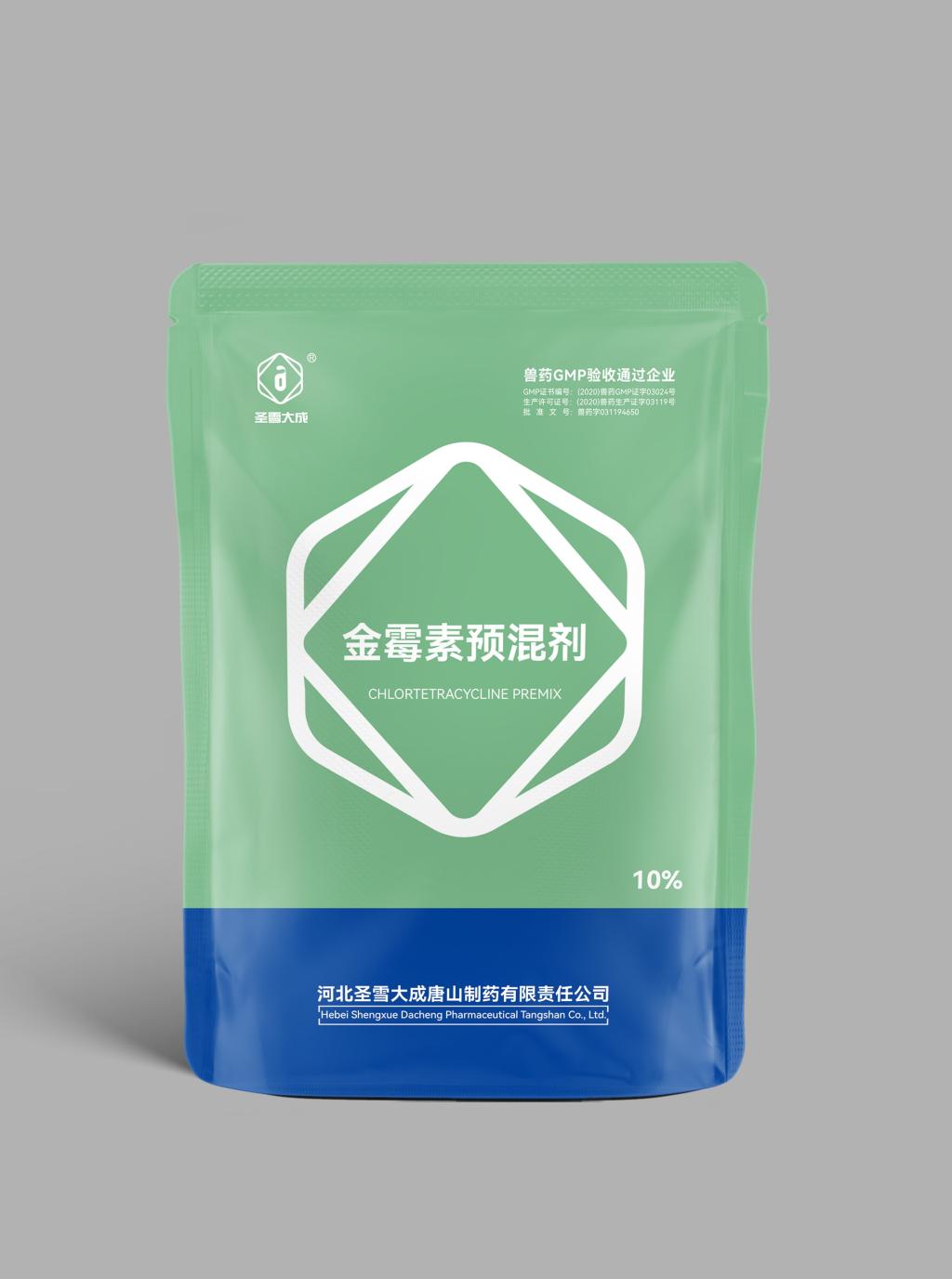Tel:+8618231198596

News
 CONTACT
CONTACT
 CONTACT
CONTACT
- Linkman:Linda Yao
- Tel: +8618231198596
- Email:linda.yao@dcpharma.cn
- Linkman:CHARLES.WANG
- Department:Overseas
- Tel: 0086 0311-85537378 0086 0311-85539701
News
The safety of Chlortetracycline Premix in poultry farming.
TIME:2024-05-28
Understanding Chlortetracycline Premix
Chlortetracycline is a broad-spectrum antibiotic belonging to the tetracycline class. In its premix form, Chlortetracycline is incorporated into poultry feed at specified concentrations to prevent and treat bacterial infections. It acts by inhibiting bacterial protein synthesis, thereby exerting bacteriostatic effects against a wide range of pathogens commonly found in poultry farming environments.
Safety Considerations
Impact on Poultry Health: Chlortetracycline Premix is generally well-tolerated by poultry when used according to recommended dosage regimens. It helps prevent and control bacterial infections such as respiratory diseases, enteric infections, and bacterial enteritis, thereby promoting overall poultry health and welfare.
Food Safety: Residues of Chlortetracycline in poultry products, such as meat and eggs, are closely monitored to ensure compliance with food safety regulations. Regulatory agencies establish maximum residue limits (MRLs) for Chlortetracycline in poultry products to protect consumers from potential health risks associated with antibiotic residues.
Antimicrobial Resistance: The emergence of antimicrobial resistance is a concern in poultry farming, as it can compromise the effectiveness of antibiotics, including Chlortetracycline. Responsible use practices, such as adherence to withdrawal periods and proper dosage administration, are essential for minimizing the development and spread of antimicrobial resistance.
Environmental Impact: The use of Chlortetracycline Premix in poultry farming can lead to the release of antibiotic residues into the environment through manure runoff or waste disposal. Proper waste management practices, such as composting or anaerobic digestion, help mitigate environmental contamination and reduce the risk of antibiotic resistance spread.
Regulatory Oversight
Regulatory agencies, such as the Food and Drug Administration (FDA) in the United States and the European Medicines Agency (EMA) in Europe, oversee the approval, sale, and use of Chlortetracycline Premix in poultry farming. Strict regulations and guidelines are in place to ensure the safe and responsible use of antibiotics in food-producing animals, including poultry.
Responsible Use Practices
Veterinary Oversight: Poultry producers work closely with veterinarians to develop and implement disease prevention and control strategies, including the appropriate use of Chlortetracycline Premix. Veterinary oversight helps optimize treatment outcomes while minimizing the risk of antimicrobial resistance.
Dosage Administration: Following manufacturer recommendations for Chlortetracycline Premix dosage administration is essential to prevent underdosing or overdosing of poultry. Proper dosage ensures effective treatment of bacterial infections while minimizing the risk of adverse effects or antibiotic residues.
Withdrawal Periods: Adhering to withdrawal periods specified on Chlortetracycline Premix labels is crucial to ensure that antibiotic residues are below regulatory limits in poultry products intended for human consumption. Withdrawal periods allow sufficient time for antibiotic clearance from poultry tissues and eggs.
Future Directions
Continued research into alternative strategies for disease prevention and control in poultry farming, such as vaccination, probiotics, and improved biosecurity measures, will reduce reliance on antibiotics like Chlortetracycline. Additionally, advancements in antimicrobial stewardship programs and diagnostic techniques will further enhance the safety and sustainability of poultry production.
Conclusion
Chlortetracycline Premix plays a vital role in maintaining the health and welfare of poultry in farming operations. When used responsibly and in accordance with regulatory guidelines, Chlortetracycline Premix contributes to effective disease management, food safety, and environmental sustainability in poultry farming. By prioritizing animal health and implementing responsible use practices, poultry producers can ensure the continued safety and integrity of their operations.
- Tel:+8618231198596
- Whatsapp:18231198596
- Chat With Skype







